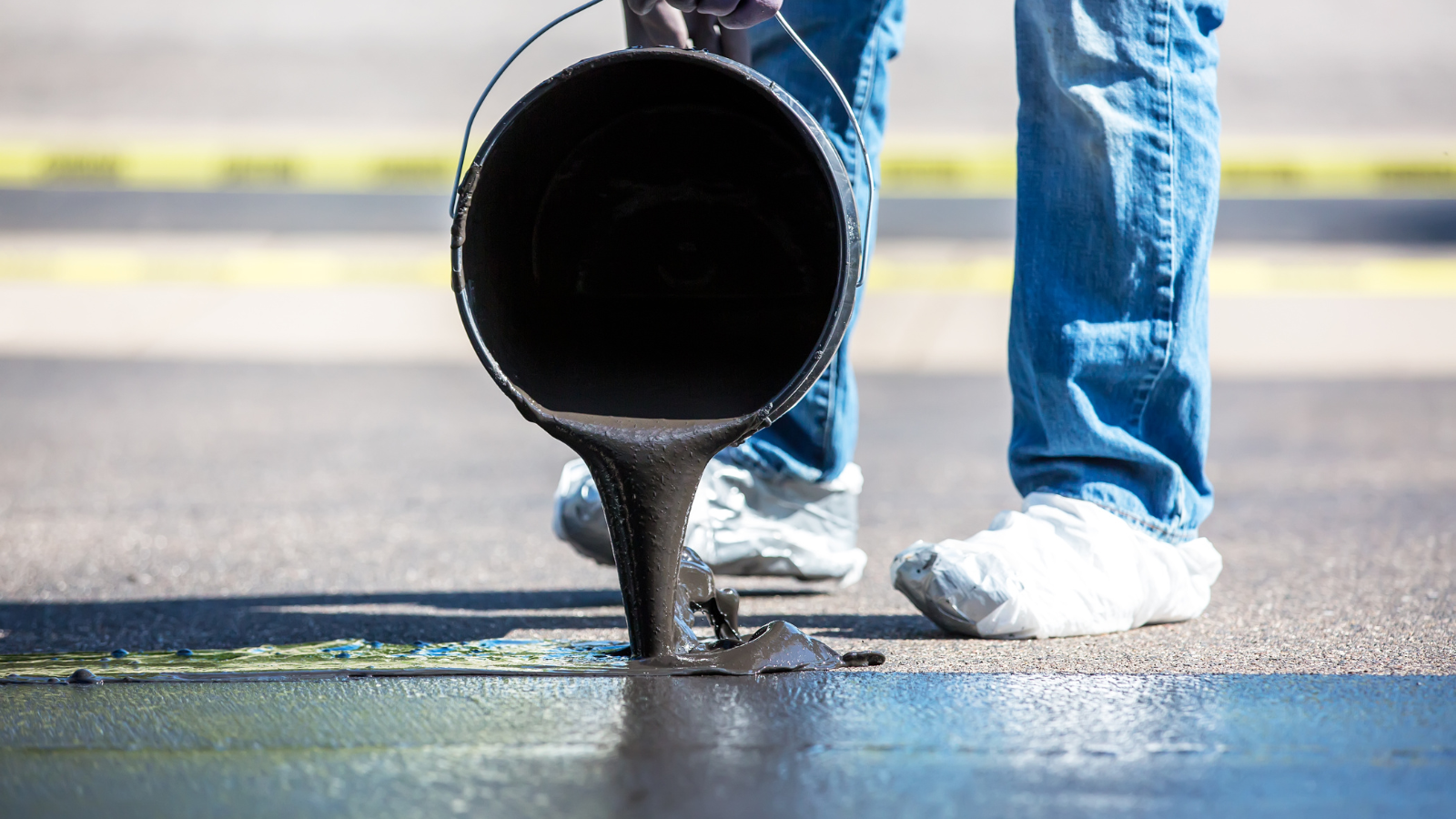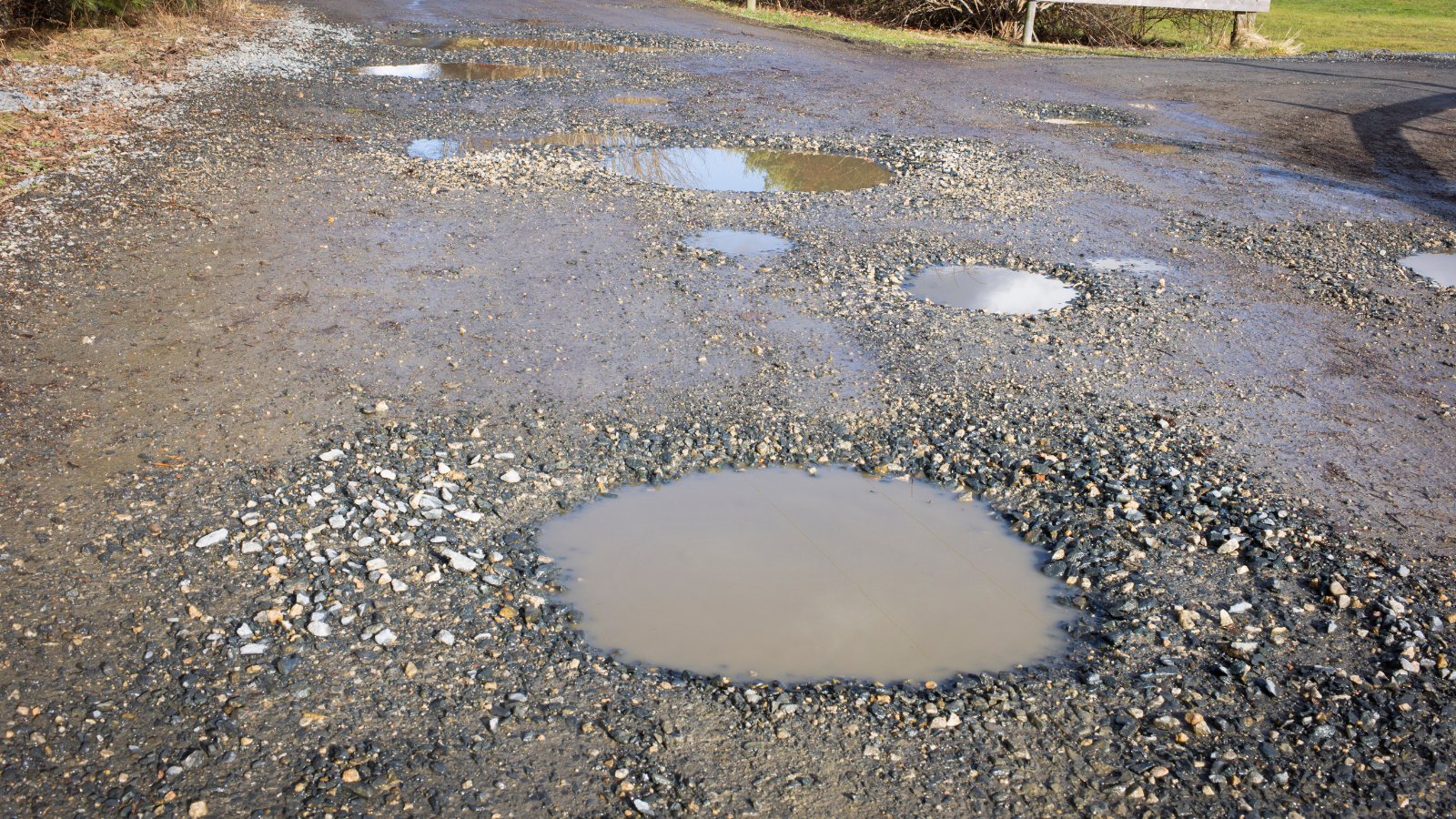Cost
What’s the typical cost per square foot for various paving materials?
When tackling paving endeavors, knowing the financial considerations is crucial. Whether contemplating a fresh driveway, patio, or pathway, comprehending the elements impacting expenses can aid in strategic planning. This comprehensive manual explores the nuances of paving expenses, covering average rates and financing alternatives to equip you with the knowledge for well-informed choices.
Here’s a breakdown of the typical cost per square foot for popular paving materials, which can greatly influence your project’s total expenses:
Concrete: $5 to $10
Asphalt: $3 to $7
Pavers: $10 to $20
Stone: $15 to $30+
Please remember that these figures are approximations and may fluctuate depending on the quality of materials and labor expenses in your locality.
For residents of Elizabeth New Jersey, the search for reliable paving ends here! Say no to inexperienced contractors and yes to top-tier service. Elizabeth Paving is your trusted partner for all paving projects.
Estimated Installation Costs for Standard Driveways or Patios
To provide a better understanding, let’s examine the average installation expenses for a driveway, assuming a 600-square-foot space:
Concrete: $3,000 to $6,000
Asphalt: $2,000 to $4,000
Pavers: $6,000 to $12,000
Once more, these figures are rough estimates and could be influenced by various factors.
Various factors play a significant role in determining the overall cost of a paving endeavor. These factors include:
Material Quality: Opting for higher-quality materials often entails a higher cost.
Project Size: Larger projects typically incur increased expenses due to higher material and labor demands.
Site Accessibility: Limited access to the site can lead to additional costs related to transportation and equipment.
Excavation Requirements: Projects necessitating extensive excavation work tend to be more costly.
Decorative Features: Incorporating intricate designs or patterns can elevate expenses.
Labor Rates: Labor costs vary depending on location and can substantially impact project budgets.
Understanding these factors empowers you to gauge better the expenses associated with your paving project and make necessary adjustments accordingly.
Financing Options
For numerous homeowners, paying for a paving project upfront may be unrealistic. Thankfully, many contractors provide financing alternatives to enhance accessibility. These options encompass customized payment plans or loans designed to align with your budget and schedule. It’s advisable to ask about financing choices when requesting quotes from contractors.
Durability:
How long will the paved surface last before needing replacement?
With correct installation and regular maintenance, the lifespan of paving materials is as follows: Concrete typically lasts between 25 to 30 years, Asphalt between 15 to 20 years, and Pavers can endure for 25 years or more.
What kind of maintenance is required to extend the lifespan?
Consistent maintenance tasks like seal coating, cleaning, and timely repairs are essential for prolonging the lifespan of paved surfaces. The frequency of these upkeep activities varies depending on the paving material utilized.
Are some materials more durable than others for certain applications?
Indeed, certain materials are inherently better suited for particular applications. For instance, concrete is frequently favored for driveways due to its robustness and endurance. Meanwhile, pavers are often selected for patios and pool areas because of their visual appeal and lasting quality.
Will the surface crack or shift over time due to weather conditions?
Certainly, as time passes, weather conditions like ground shifting, tree root growth, and freeze/thaw cycles can contribute to cracking and settling of the paved surface. Regular maintenance and swift repairs can assist in minimizing these effects and extending the pavement’s longevity.
Environmental Impact:
Do the materials and installation process prioritize environmental friendliness?
When employing best practices, most paving materials can be produced and installed in a manner that aligns with eco-friendly principles. Paving projects can significantly reduce their environmental impact by embracing sustainable practices, such as using recycled materials, minimizing energy consumption during production, and adopting efficient installation methods. This dedication to eco-conscious approaches ensures that the process meets functional requirements while upholding responsible stewardship of our planet’s resources.
What’s the carbon footprint of manufacturing and transporting materials?
A project’s carbon footprint is closely linked to transportation distances, as emissions during transportation significantly contribute to its overall environmental impact. However, prioritizing local or regional suppliers can effectively mitigate this footprint. By sourcing materials from nearby sources, the necessity for long-distance transportation is minimized, thereby reducing associated emissions. This strategic approach lessens environmental impact, bolsters the local economy, and encourages community involvement. Embracing local and regional suppliers thus emerges as a sustainable solution, aligning with eco-friendly practices while promoting economic resilience and environmental stewardship.
Are there permeable paving options available to mitigate runoff and enhance drainage? Permeable paving, such as permeable concrete and specialized paver designs, facilitates water infiltration, reducing runoff. These innovative solutions combat urban flooding, replenish groundwater, and enhance water quality by filtering pollutants. Embracing such technologies promotes sustainable urban development, alleviates environmental stressors, and strengthens ecological resilience.
Is it possible to recycle or reuse existing pavement in new projects?
Recycled concrete and asphalt provide valuable eco-friendly alternatives for paving endeavors. Reusing existing materials options helps minimize landfill waste. These materials can be transformed through innovative recycling processes into high-quality aggregates or even new pavement, conserving natural resources and lessening the environmental impact associated with conventional paving materials. Embracing recycling practices in paving projects can contribute to a circular economy, promoting sustainability and responsible stewardship of resources.
Functionality:
What’s the level of slip resistance with various paving materials?
Paving options such as broom-finished concrete or textured/tumbled pavers offer superior traction, enhancing safety across different settings. Particularly vital in areas susceptible to moisture buildup like pool decks, outdoor walkways, and bathroom floors, these surfaces minimize slip and fall hazards by providing better grip and stability. Their durability guarantees lasting performance, offering property owners peace of mind while prioritizing safety in residential and commercial environments.
Can the surface handle heavy vehicle usage?
Concrete and paver driveways exhibit exceptional durability, withstanding the weight of heavy trucks and vehicles without deteriorating. Their strength renders them perfect for areas with intense traffic, like industrial zones or commercial properties frequented by heavy-duty vehicles. On the other hand, while asphalt driveways are durable, they’re more suited for lighter residential traffic due to their slightly lower load-bearing capacity. Assessing the intended usage helps select the most appropriate driveway material for ensuring top performance and longevity.
Are there ways to enhance traction with texture or patterns?
Concrete and paver driveways are known for their impressive strength, enduring heavy trucks and vehicles without issue. This durability makes them perfect for high-traffic locales like industrial zones or commercial properties. Conversely, asphalt driveways, while sturdy, are better suited for lighter residential traffic due to their slightly lower load-bearing capacity. Incorporating grit materials during installation or utilizing stamped patterns can augment surface texture and slip resistance, providing an extra layer of safety.
What’s the durability against stains, deicing salts, and chemicals?
Preserving the longevity and appearance of paved surfaces hinges on sealers and diligent upkeep. Sealers, tailored to materials like concrete or pavers, create a shield against stains, salt, and hazardous chemicals. Consistent maintenance, involving cleaning and resealing as required, guarantees resilience against environmental factors and daily usage. This proactive strategy bolsters surface durability and sustains its aesthetic allure over time.
Aesthetics:
What are the design possibilities and color palettes to explore? Concrete offers many customization options, from tinting for a diverse range of hues to intricate patterns for artistic flair. Similarly, pavers provide versatility in style, allowing for unique layouts and designs. Whether through tinting and stamping concrete or utilizing pavers, there’s boundless potential to enhance aesthetics and imbue outdoor spaces with personality.”
Can paving materials be customized or patterned?
Concrete offers various customization possibilities to achieve unique and personalized appearances. Intricate patterns can be etched using decorative saw cuts, while stains can add vibrant or subtle tones, enhancing its visual appeal. Stamp techniques allow texture replication, like brick or stone, adding depth and character. Additionally, exposed aggregate finishes reveal the natural beauty of the stone, creating visually stunning surfaces. These techniques provide authentic customization options for concrete, meeting individual preferences and design aspirations.
How will the result blend with the current architectural style and landscaping of the property?
Selecting the right paving materials and design elements is crucial in accentuating a home’s architectural character. For traditional homes, rustic stone pavers evoke a timeless charm, complementing the classic aesthetic with their earthy textures and warm hues. In contrast, modern residences benefit from sleek pavers’ clean lines and contemporary appeal, enhancing minimalist design principles and cultivating a cohesive and sophisticated atmosphere.”







